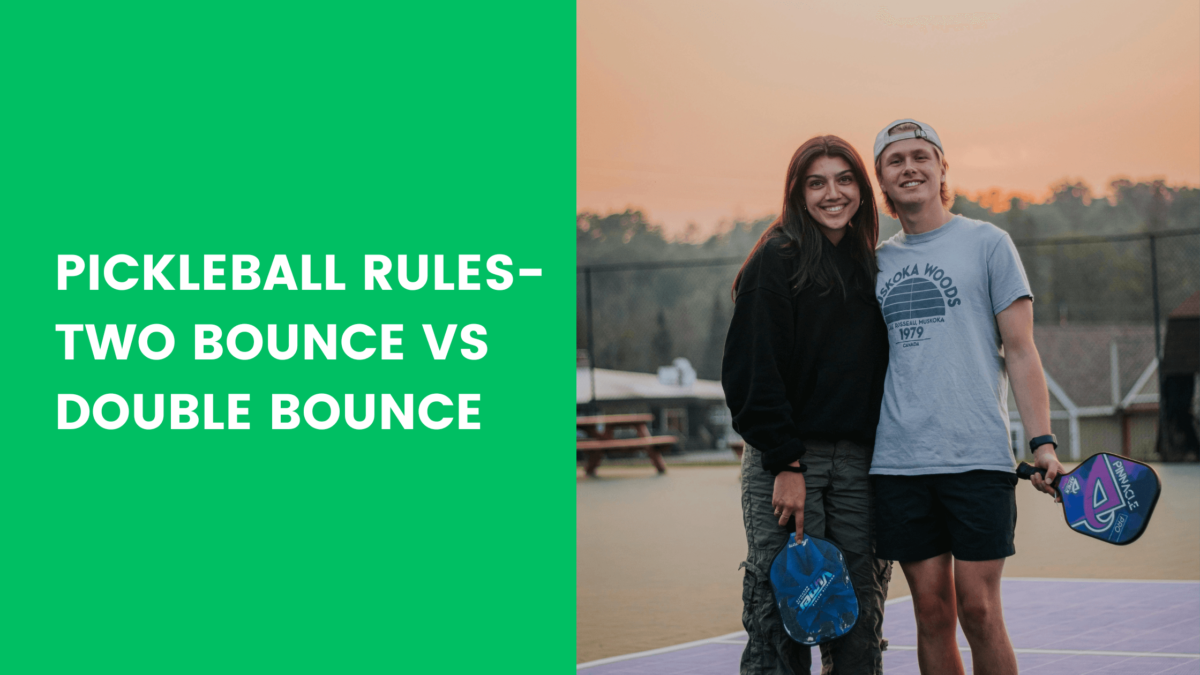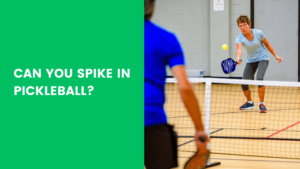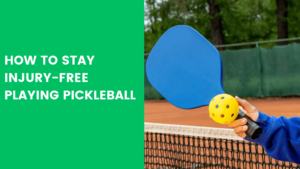Pickleball is an easy game, but there are a few rules that new players may find confusing. One of the rules seems to be the double bounce rule. In this article we will discuss the Pickleball rules-two bounce vs double bounce. To make this rules easy to remember, there are a few minor differences to get familiar with.
Lets learn about Pickleball rules-two bounce vs double bounce.
Basic Rules of Pickleball
Court Dimensions A standard pickleball court measures 20 feet wide and 44 feet long for doubles play, with a 7-foot non-volley zone on each side of the net.
Equipment Players typically use paddles made of wood, graphite, or composite materials, and a plastic ball with a diameter of 2.87 inches.
Serving Rules Serves must be made underhand and are executed diagonally across the court. The serving team must wait for the receiving team to allow the ball to bounce once before returning.
Pickleball rules-two bounce vs double bounce
Understanding the Two Bounce Rule
Explanation of the Rule Under the Two Bounce Rule, both the serving team and the receiving team must allow the ball to bounce once before volleying it.
How it Impacts Gameplay This rule promotes longer rallies and allows players more time to react to shots, making it ideal for beginners and those focused on rallies over power play.
Also read : Pickleball Kitchen Rules: Understanding the Non-Volley Zone
what is the double bounce rule in pickleball
Explanation of the Rule Conversely, the Double Bounce Rule mandates that the receiving team must let the serve bounce and the serving team must let the return bounce before either side can volley the ball.
Differences from the Two Bounce Rule The Double Bounce Rule requires more patience and strategic positioning, as players must anticipate the second bounce before making a play.
Pros and Cons of Two Bounce vs Double Bounce
Advantages of the Two Bounce Rule
- Facilitates longer rallies, promoting skill development and endurance.
- Offers a gentler learning curve for beginners.
Advantages of the Double Bounce Rule
- Emphasizes strategy and positioning, rewarding patience and anticipation.
- Encourages thoughtful shot selection and court awareness.
Disadvantages of Each Rule
- Two Bounce Rule may limit aggressive play and shot-making opportunities.
- Double Bounce Rule may feel restrictive for players accustomed to faster-paced games.
Impact on Strategy and Skill Development
Strategy under Each Rule
- Two Bounce Rule encourages consistent placement and court coverage.
- Double Bounce Rule rewards players who can anticipate their opponents’ moves and exploit open spaces.
Skill Development Nuances
- Players under the Two Bounce Rule may focus on shot consistency and stamina.
- Those under the Double Bounce Rule may hone anticipation and shot selection skills.
Common Misunderstandings
Clarifying Misconceptions about the Rules
- Misunderstandings regarding fault calls and volleying after the bounce.
- Clearing up confusion about legal shots within the non-volley zone.
Tournaments and Competitive Play
Which Rule is More Commonly Used in Tournaments?
- Tournaments typically adopt the Double Bounce Rule for its emphasis on strategy and fair play.
Strategies Employed by Professional Players
- Professional players adapt their strategies to exploit the nuances of each rule, balancing aggression with patience.
Community Preferences
Surveys or Interviews with Pickleball Players
- Community feedback reveals a mix of preferences, often influenced by individual playing styles and skill levels.
Preferences among Recreational Players
- Recreational players may lean towards the Two Bounce Rule for its accessibility and longer rallies.
Adapting to Different Rules
Tips for Players Transitioning Between Rules
- Focus on court positioning and anticipation skills.
- Practice patience and shot selection to adapt to the Double Bounce Rule.
Rule Variations in Different Regions
Are There Regional Differences in Rule Preference?
- Some regions may have local variations or preferences based on historical context or community traditions.
Learn 5 Critical Mistakes Every Beginner Pickleball Player Should Avoid
Future Outlook
Trends in Rule Adoption
- The popularity of the Double Bounce Rule may continue to rise as pickleball gains mainstream recognition.
Potential Rule Changes
- Governing bodies may explore hybrid rule sets that incorporate elements of both Two Bounce and Double Bounce rules.
Conclusion
In the ongoing debate between the two bounce vs double bounce in pickleball, there is no definitive answer. Each rule offers its unique advantages and challenges, catering to different playing styles and skill levels. Ultimately, the choice between the two boils down to personal preference and the desired playing experience. Whether you’re a beginner looking to ease into the game or a seasoned player seeking a strategic challenge, pickleball has something to offer for everyone.
Unique FAQs
- Q: Can I play pickleball with both rules interchangeably?
- A: While it’s possible to adapt to different rule sets, it’s essential to familiarize yourself with the specific rules of the game you’re playing to avoid confusion and ensure fair play.
- Q: Are there any age restrictions for playing pickleball?
- A: Pickleball is a sport for all ages, with players ranging from young children to seniors. It’s never too late (or too early) to pick up a paddle and join the fun!
- Q: Can I use any type of paddle for pickleball?
- A: While there’s a wide variety of paddles available, it’s essential to choose one that complies with tournament regulations and suits your playing style and skill level.
- Q: How can I improve my pickleball skills?
- A: Practice is key! Work on your footwork, shot placement, and strategy both on and off the court. Consider taking lessons from experienced players or coaches to refine your technique.
- Q: Are there pickleball leagues or clubs I can join?
- A: Yes, many communities have pickleball clubs or leagues where players can meet, compete, and socialize. Check local recreational centers or online forums to find opportunities in your area.





